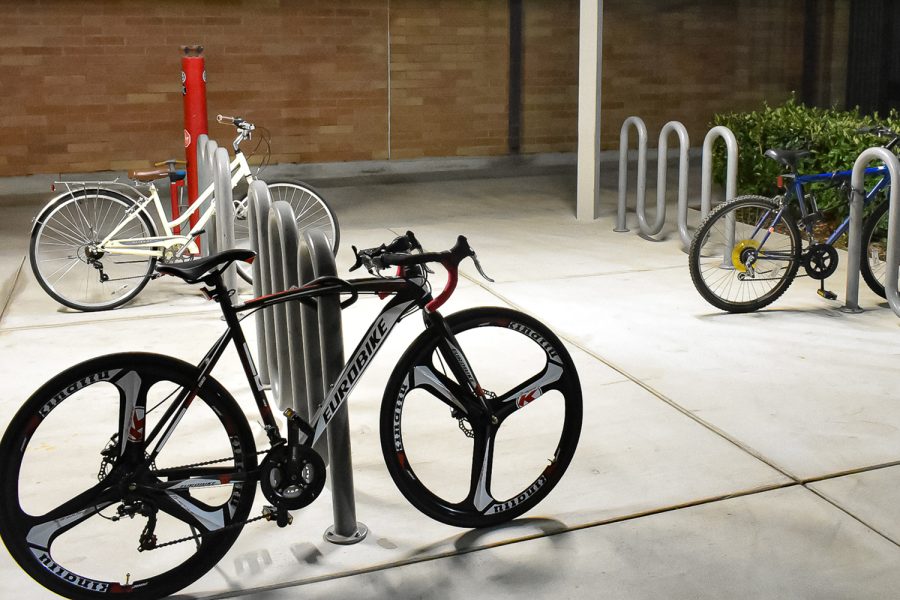Opinion: CSUN should create its own campus bike-sharing program with possible budget surplus
November 24, 2021
Anyone who has been at CSUN for more than two years may remember a time when there were bright green LimeBikes, equipped with adorable baskets, scattered around campus for students to rent and maneuver around campus with.
In March of 2019, those bikes disappeared as the company decided to end their contract with the campus, which saw more than 20,000 active users in its 13-month lifespan, choosing to focus on their electric scooter division.
The following year, Gov. Gavin Newsom issued stay-at-home orders and the campus switched to online-only instruction, leaving facilities empty and staffing to a minimum.
CSUN’s operating budget is financed through state funding, as well as tuition revenue and service fees. Over the last two years, CSUN saw a decline of more than 30% in non-resident admissions. The drop in admissions, coupled with a budget that was reduced by $16 million from its previous budget of $489.6 million, has led to an overall loss of $33 million, according to their 2020-2021 fiscal year budget report.

However, not all is lost for the school. As of July, CSUN was slated to receive $265 million in emergency funds through three rounds of funding via the Coronavirus Aid, Relief and Economic Security Act, as well as the Higher Education Emergency Relief Fund.
CSUN has spent a large quantity of its funds to assist its students, such as spending $53.2 million on student grants. By its own accounting, the school has been able to reduce its $30 million deficit to just over $4 million annually through financial assistance from state and federal governments.
Even more good news arrived last June when the school received the largest private donation in its history: $40 million from MacKenzie Scott. Assuming the school’s administration uses the money solely to balance out the deficit over the last two years, they will be left with a surplus.
The question now is how will the school decide to spend such a vast sum of money that they had no intention of receiving?
There are a plethora of things that the money could be spent on, from the ever enticing tuition reimbursement for services not rendered during the pandemic, to facility and equipment upgrades, though that has already been planned with money from the relief funds.
Personally, I think it would be great if those bikes made a return. Not necessarily LimeBikes, but any electric or standard bicycles. Hell, I’d even take e-scooters.
Now, e-bikes can get pretty expensive. However, you can purchase more budget-friendly ones between $600 and $900 at retail prices; buy them in large quantities and the price can usually be brought down. Standard bikes, like say a cruiser, could be purchased for less than $200.
If the school was to purchase 1,000 e-bikes at a price tag of $900, that would be under a million dollar expenditure. But that number is on the much higher side, as there were only 400 LimeBikes when they were still around — making the 20,000 active user count even more impressive.
Add in the cost of building a docking and rental system, akin to Los Angeles’ bike sharing program, and the idea of bringing rental bikes back to the campus seems much more feasible. Docking stations would also solve the problem of bikes littering the surrounding streets and campus walkways.
A study conducted by the Intelligent Transportation Systems Joint Program Office estimated that the cost of Los Angeles’ citywide bike sharing program costs anywhere between $3,000 and $5,000 per bike. This price includes the cost of the bicycles and necessary infrastructure construction to build the system. Keep in mind that this was the cost for a citywide program in the second most populous city in America.
As for renting a bike, that could be as simple as scanning a student ID card, which would also make students more accountable for the bikes they rent.
College places a large burden on students, both financially and mentally, and having a bike sharing program to get around campus could provide a small respite in the daily stressors of college life.
